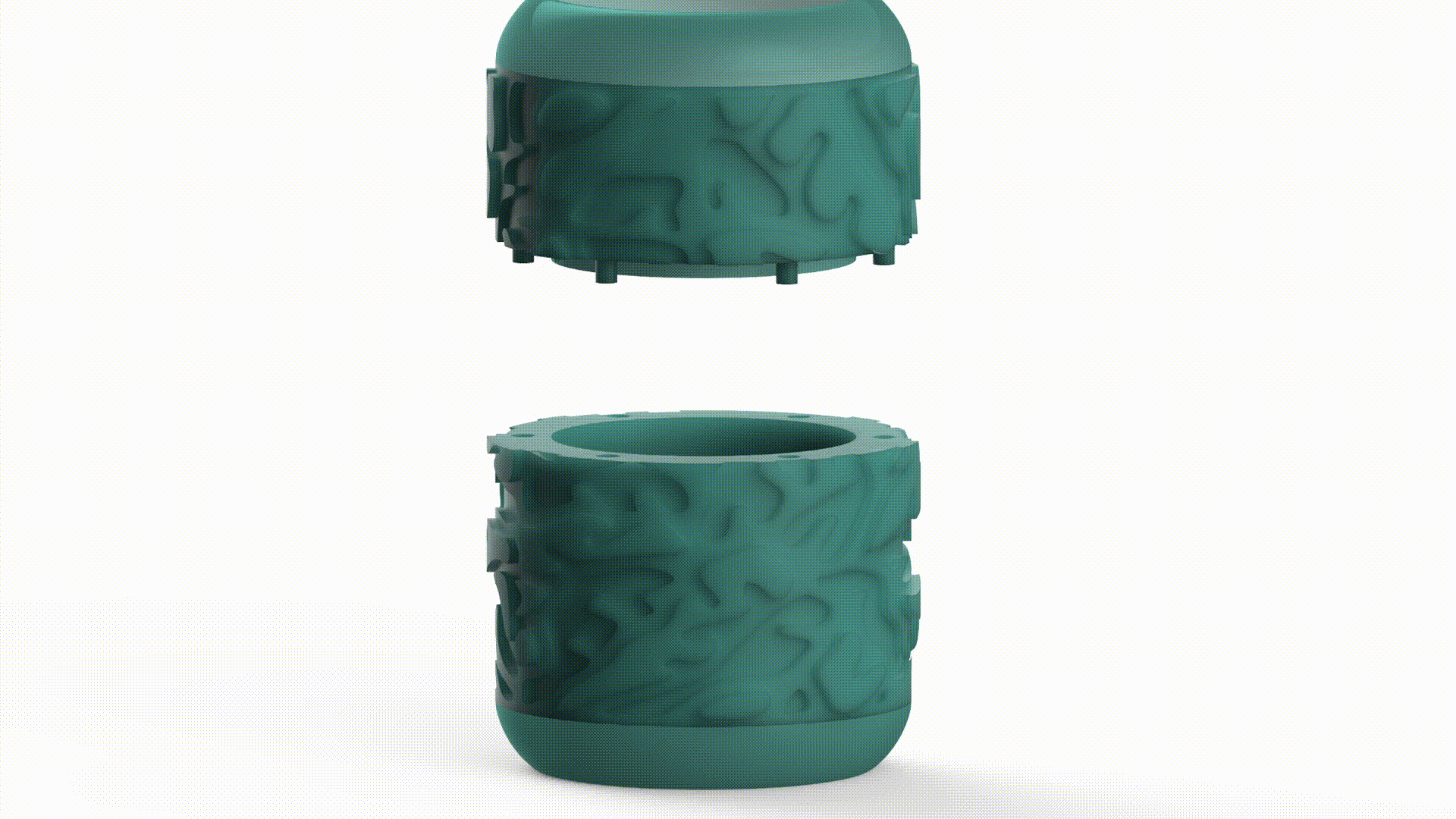
Up to 95% of autistic children have difficulties regulating their sensory system, which is often referred to as sensory processing disorder.
Sensory tools, or fidgets, can help relieve the resulting stress and improve focus for autistic children as they attempt to learn in a busy classroom environment.
How can we integrate academic learning into sensory tools to develop an engaging classroom experience for children with Autism / ADHD?



Education in a classroom satisfies a number of basic human needs. Children learn to identify with others and develop friendships with their peers, developing a sense of belonging and feeling loved.
Their self-esteem needs are satisfied as they develop their ability to learn and become more confident in taking responsibility.
Maslow's Hierarchy of Human Needs

"The world needs all kinds of minds"
Dr. Temple Grandin - speaker and author on both autism and animal behaviour. She is one of the first individuals on the autism spectrum to document the insights she gained from her personal experience of autism.
Common characteristics of Autism
Learning tools for "Animals and Habitats"
Focusing on the characteristics such as attention to detail and visual thinking to develop sensory tools with different complexities of patterns.
Simplifying natural patterns and converting them from 2D into 3D objects for tactility.



2-piece puzzles
A line of 2-piece sensory puzzles, for scaffolded learning among children on the spectrum with varied needs and abilities. A wide range of topics can be covered by a line of such puzzles, prompting children to match colors, patterns, textures.
Solo Play
In order to enable solo play and engagement, the pieces light up once they are put together to match correctly.

Prototyping
3D printed prototypes verified pattern complexity and the levels of engagement.





Playtesting
Playtesting to see how a 6 year old interacts with the pieces.


Proposal for testing and manufacturing
For testing, the next steps would be to prototype the four artifacts in elastomers of different elasticities. The table here represents the Shore Hardness Scale ranges from very soft and flexible to semi-rigid plastics with almost no flexibility at all. Testing four different points here would help define the material specification that works best for sensory stimulation and how different hardnesses could be used to soothe children in different states of mind / moods.

Soft Bubbles (typical softness of a mouse pad)


Medium Hard Iceberg (Typical hardness of a Smartwatch band)
Medium Soft Tiger puzzle (Typical softness of a bottle nipple)

Hard Tree bark (Typical hardness of a plastic toy block)


